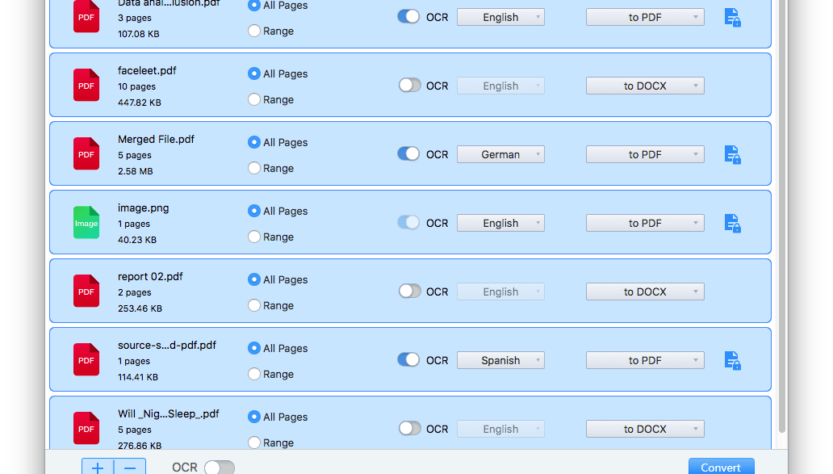There are programs out there that can convert your scanned document files into a searchable PDF. One of those types of programs can be found at https://www.lucion.com/fileconvert-overview.html. But you may find yourself asking the question, how does it exactly convert those image files into a searchable PDF? I will tell you how it does it right now. It does it in a process called Optical Character Recognition, also known as OCR.
So, what is OCR?
OCR, or Optical Character Recognition (or even Optical Character Reader) is a digital or mechanical converting software that converts pictures that were keyed, written, or even printed textual content into computer-coded texts, may it be from a document from a scan, a piece of documentation that was pictured, a photo-scene (an example would be the words on a sign or a billboard advertisement inside of a scenic photo), or from a subtitle’s wording layered on a photo.
Widespread use as a type of data entering from typed and printed information recordings (such as international passport documentation, printed invoices, digital receipts, business cards, bank statements, printed mail, printings of data that is continuously the same, or every kind of appropriate documentation), it is a normal way of digitalizing computer-printed texts so that they can be digitally modified, indexed, saved more efficiently, encoded into the internet, and also as well be used in a mechanical procedure such as logical computerizing, mechanically translated, extrapolated, used in text-to-speech recognition, vital information and textual mining. Optical Character Recognition is a branch of developing knowledge in repetitive recognition, man-made knowledge, and also computed sight.
Previous releases had to be taught with pictures of ever symbol and letter and processed with one type of character style at a time. Developed structures that were able of making a high level of acknowledgement correctness for almost all character styles are now typical, and with help for a wide range of electronic picture file variant inputs. A few structures are able of repeating styled output that is very accurately estimates the first printed page including pictures, columns, as well as other kinds of non-text parts of the document.
A Little History on OCR
Original Optical Character Recognition may be able to be dated back to advances in digital structures involving telegraphy and making devices to assist blind with reading. Back in 1914, a machine was created by a man named Emanuel Goldberg that was able to read letters and non-letter characters and made them readable by a standard telegraph by converting them to standard telegraph code. Around the same time, Edmund Fournier d’Albe created the Optophone, which was a scanner able to be held in the hand that created sound waves that were based on specific letters and also non-letter characters when it was moved from one location to another. Later in the 1920’s and also into the earlier 1930’s, a man named Emanuel Goldberg created what was called a “Statistical Machine” that was able to search microfilm directories by utilizing an optical code recognition system.

